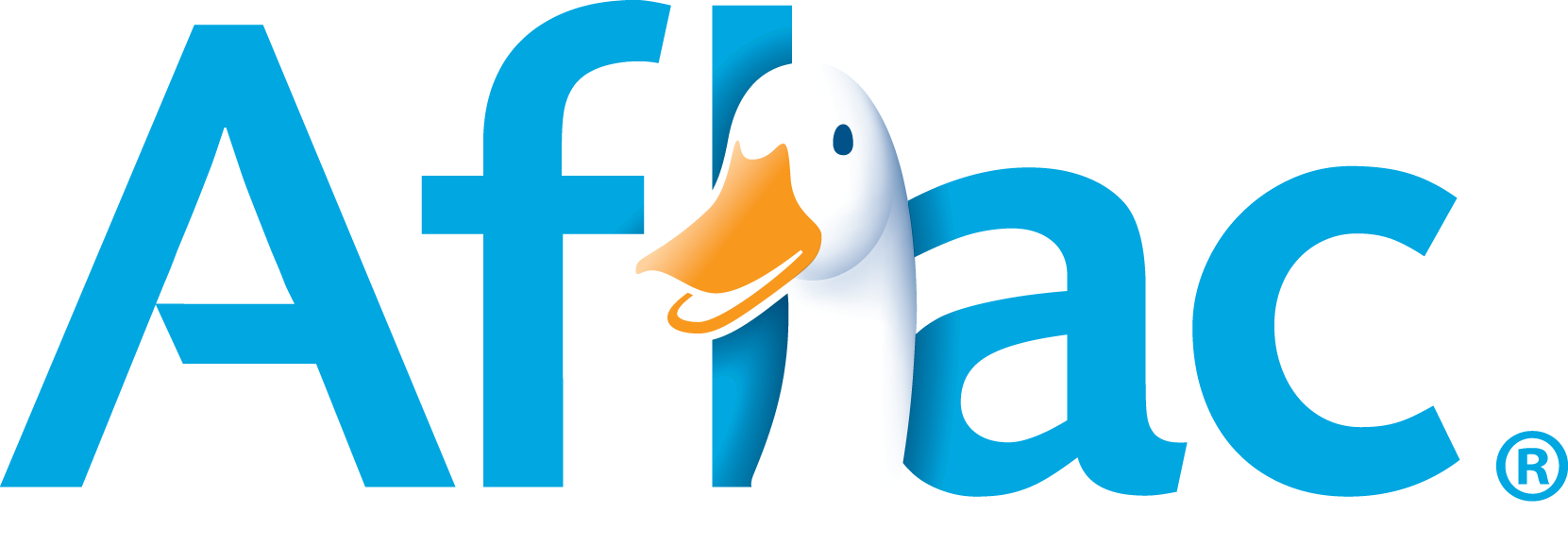6 Ways to Support Your LGBTQ Employees to Foster Inclusion in the Workplace
Most leaders want to create welcoming workplaces where LGBTQ employees can feel comfortable and accepted. But employers who talk about equality without offering inclusive benefits to all employees aren’t doing everything they can to support the LGBTQ community. Fortunately, there are concrete ways employers can demonstrate that they value their employees equally, regardless of whom those employees love.
Offer inclusive health benefits
Just as it does for all your staff, offering benefits helps your LGBTQ employees. It can improve health outcomes and help protect employees against the high cost of health care; indeed, it’s part of why you offer benefits in the first place.
LGBTQ employees as a group may have an even greater need for protection against high medical bills. Studies have found that LGBTQ people experience worse physical health compared with their heterosexual and cisgender colleagues; nearly half of transgender individuals have postponed or avoided care because of cost. And bisexual adults are less likely than heterosexual, lesbian or gay people to have health insurance in the first place.1
Plus, as much as your workplace might celebrate LGBTQ employees, that same sense of inclusivity isn’t always the case when it comes to insurance coverage. Forty-five percent of the LGBTQ population lives in states that do not have inclusive insurance protections for private insurance.2 Employers can show they value their employees equally by offering the same benefits to all, regardless of whether they’re required to by law. Despite the existence of marriage equality laws, domestic partner benefits should be offered as well regardless of sexual orientation or gender identity. And employers would do well to ensure their health benefits offer coverage that helps meet the needs of all employees, including transgender employees who may require hormone therapy or other gender confirmation treatments.
Make benefits enrollment equal
It’s one thing to offer benefits; it’s another to make sure all employees have equal access to them. The benefits enrollment process should be as easy as possible, and should not make it more difficult for LGBTQ employees to sign up for benefits. For instance, if employees in heterosexual relationships are not required to show a marriage certificate or proof of domestic partnership in order to sign up for domestic partner benefits, employees in same-sex relationships should not be required to show that documentation either.
Educate employees about their benefits
A recent survey found that 35% of employees do not fully understand the benefits they enrolled in during their most recent open enrollment period.3 That’s worrisome for all employees, but LGBTQ people could face additional hurdles if benefits documents are primarily written for heterosexual and cisgender employees and do not specifically address how various benefits apply to them. When offering educational materials to your staff, make them as applicable to all of your employees as possible. For example, use gender-neutral language (which applies to everyone), and consider all sorts of employee and family situations when describing benefits and how to use them. For instance, parental leave policies should specify how leave applies to same-sex couples, domestic partners of any sexual orientation who are unmarried, and to people who adopt. This way, nobody is put in a position where they have to ask if their coverage is actually applicable to them.
Create inclusive policies
Inclusive workplace policies should be updated regularly and should address issues of concern to LGBTQ staff. Understanding which issues might be sensitive for these employees can help you proactively address their needs upfront so they’re not left in doubt. For instance, your business culture might be one where nobody would bat an eye at a transgender person using the bathroom that fits their gender. But unless your policies clearly spell this out, transgender employees might be left in doubt about whether they’ll be protected if they do so.
Make inclusive language your default
Benefits materials and workplace policies should use inclusive language and up-to-date terminology for all employees. Accurately and respectfully referring to LGBTQ employees shows respect and concern for their experience. If you’re unsure about what terms are currently most accepted, Out & Equal’s glossary can help.
Offer employee assistance
Employee assistance programs (EAPs) offer employees support in a number of areas, including mental health, substance abuse counseling and legal assistance. Offering an EAP program can provide critical support to all employees, but may be especially helpful to LGBTQ staff members who are at increased risk for mental health disorders.
Creating a truly inclusive workplace shows your employees you care for all of them equally—but it can do so much more. When employers offer equal access to important benefits like health or disability insurance, they can help improve access and outcomes for the LGBTQ community at large, helping forge a more equitable world. In other words: It’s the ultimate celebration of everyone on your team.

